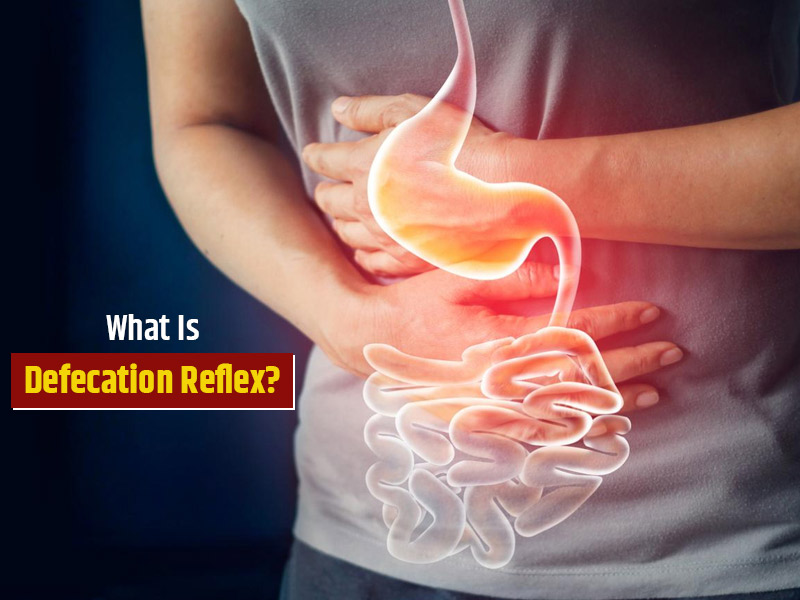
We think about eating but we never think how it goes out of our system, isn’t it? Well, it may seem awkward but defecation is as important part of the body functions, as it is to consume food. You may call it pooping, passing stool or defecation, all is the same but what you need to be careful of is getting rid of your body waste in a proper way. The process of elimination stool from the body might become difficult at times and you would have to put extra pressure for passing stool. This is not a healthy process, if it happens on a regular basis then this could be symptoms of something serious going on with your excretory system. Today, we will know about process of defecation reflux and associated problems that occur with it.
Table of Content:-
What is Defecation Reflux?
We spoke to Dr. Sumeet Nigam, General Physician at Sahara Hospital, Lucknow to know about the process of defecation reflux. He explained that the process of eliminating waste from the body in form of stool is called defecation reflux. When you sit on the toilet seat, then there is usual urge to defecate and you do not have to put any extra effort in order to do so. But in some situations, this does not happen naturally and that is when condition of defecation reflex goes wrong. You may have to find the cause of problems in passing stool to ensure that reflex can work as usual and your health is not affected.

How does defecation reflux work?
In order to find out the problem, it is important to know about the process of natural defecation. This starts from the time when you consume a food and it moves down to your esophagus and then to the stomach. As the food passes through small intestines, there are juices that get add on with it. Then it moves to large intestine and finally to the rectum. Rectum is the destination or place where the large intestine connects through the anus and process of defecation takes place.
Also Read- UTI In Men: Symptoms, Causes And How To Deal With It
Here are some steps through which defecation reflux could be triggered-
Muscles of the colon contract to move stool towards the rectum. The process is call mass movement and might cause problems with defecation reflux.
In the condition when the stool goes towards rectum, then the tissues present in the organ are spread. Due to stretching of these tissues, it gives a signal to the brain.
When two main sphincters are affected around the anal canal, then reflux gets triggered and you might not be able to control defecation voluntarily. This is where external sphincter or skeletal muscle get impacted and skeletal muscles take over the control.
Defecation reflux takes place when the rectoral inhibitory reflex does not response accurately to the internal anal sphincter relaxation. This happens in response to the rectal distention.
Once the defecation reflux is triggered then you can either delay or defecate. Delay occurs when a person does not go to the bathroom immediately. Muscles present in the anal sphincter causes stool to move backwards and hence when you try to defecate or pass stool it does not happen. You have to put extra pressure that signals the brain to move stool forward and then out of the body in order to defecate properly.
Also Read- Osteoporosis In Women After Menopause: All You Need To Know About
Types of Defecation Reflux
There are two types of defecation reflex in the body-
Parasympathetic defecation- This takes place when motions are similar but the urge might not be that strong.
Myenteric defecation reflex- It is the process when there is increasing peristalsis and stool moves towards rectum. Eventually you get urge to defecate at most points.

Defecation Reflux Symptoms
Symptoms might vary depending on the affected organ and trigger point. Defecation reflux can actually increase the pressure on the rectum by 20-25 centimeters of water. This might be very different from the condition when the stool is not actually present. Here are some symptoms that you might experience in this process-
- Feeling discomfort
- Irregular timings of passing stool
- Not having urge to pass stool
- Putting extra pressure on stomach while releasing stool from your body
- Tightness in stomach
Picture Credits- pixabay.com
Also watch this video
How we keep this article up to date:
We work with experts and keep a close eye on the latest in health and wellness. Whenever there is a new research or helpful information, we update our articles with accurate and useful advice.
Current Version